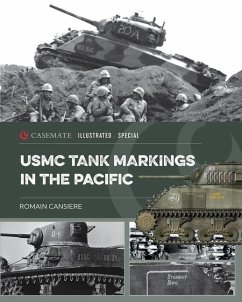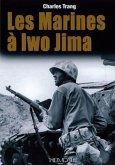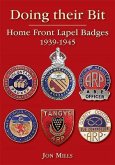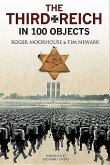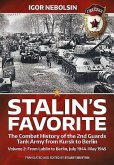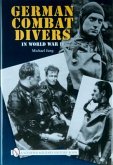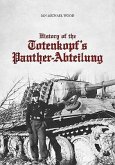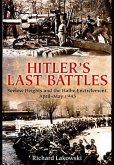"...the book is a must-have for modelers and armchair historians who favor the USMC in the Pacific. It has enough ideas to build dozens of tank models, vignettes and dioramas, including some outright oddball modified vehicles and field experiments." - Armorama The markings on tanks of the United States Marine Corps during World War II are so varied that some have concluded they were meaningless, even anarchic. Official documents offer little insight, but a careful study of period photographs and film, cross-referenced with combat reports and veteran accounts, reveals the different systems of markings that combat units used to identify their vehicles. These markings varied between units, and from one campaign to the next, but were well thought out and designed to be practical and easy for tankers to interpret. In addition to tactical markings, most tankers were given names by their crews, and these were added to the tank's marking. Personifying the tank often boosted crew morale and led to even more careful maintenance of the tank. Names were approved by tank commanders, and also followed systems that aided quick identification in combat. Illustrated with numerous period photographs and detailed color profiles, this book explains the markings used by USMC tank combat units during the Pacific War, from 1942 to 1945., each chapter details one unit, covering markings down to section level and showing how the markings and names changes through that unit's campaigns.
Bitte wählen Sie Ihr Anliegen aus.
Rechnungen
Retourenschein anfordern
Bestellstatus
Storno

